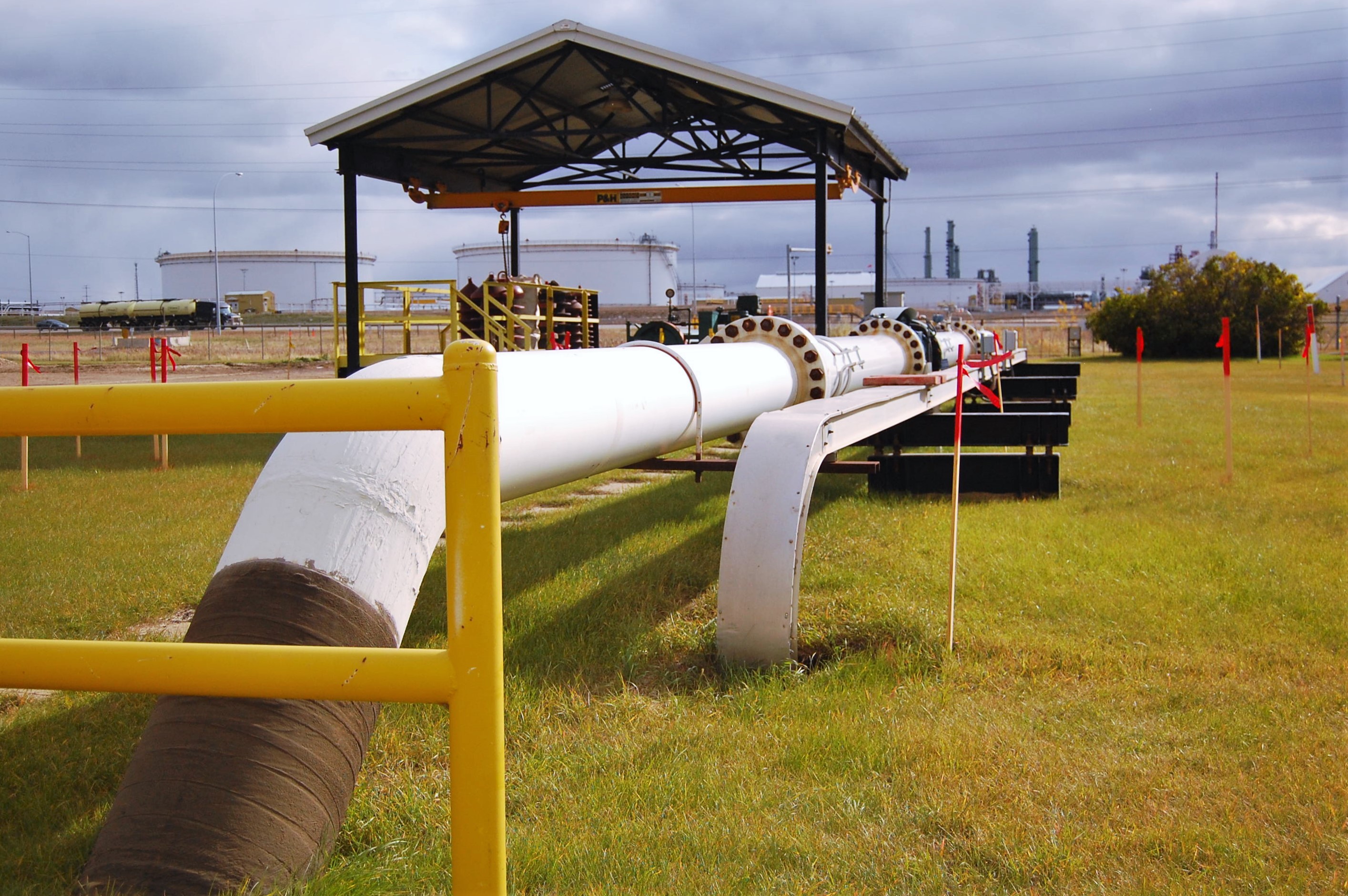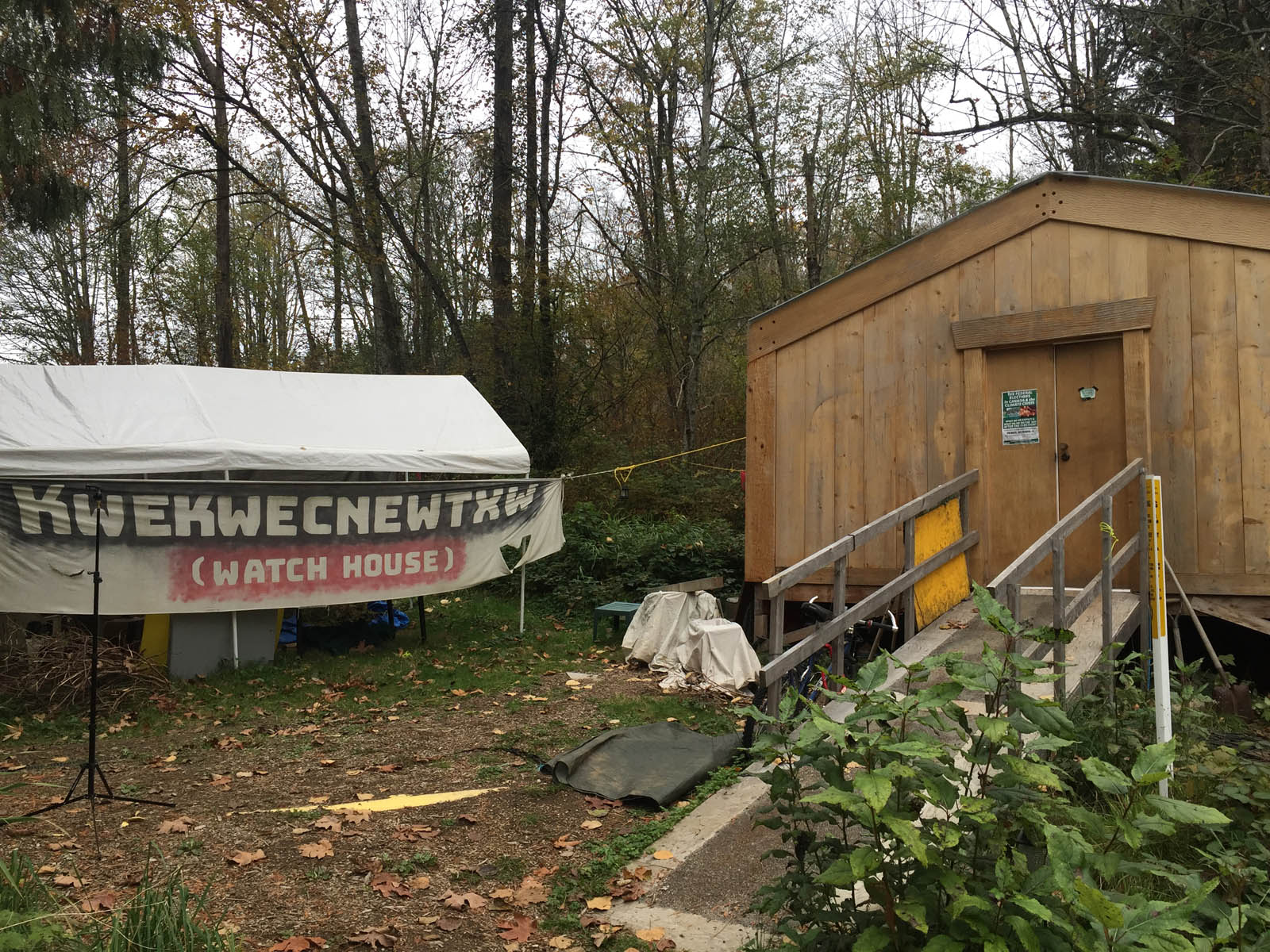
The Trans Mountain pipeline has been a divisive issue across Canada for many years. On this project, we wanted to make sure that we spoke to groups and individuals both for and against the expansion in order to accurately portray those divisions.
Since we were both based on the east coast, arranging interviews with the right people on the other side of the country proved difficult. Our tight schedule—traveling thousands of kilometres in just under two weeks—also gave us very little wiggle room should any interviews fall through, or need to be rescheduled, which happened several times on our trip.
But the most challenging thing we faced was securing interviews with Indigenous leaders who have publicly supported the expansion of the pipeline. In several cases, we made dozens of inquiries via phone, email, and in-person, only to be left with inconclusive answers or promises that someone would get back to us. We often weren't told "no" outright, so we spent weeks chasing interviewees—to no avail. In the end, we were able to get a good mix of voices by speaking with a number of Indigenous umbrella groups that shared the pro-expansion perspective.
As part of our story, we also wanted to provide a detailed look at the consultations with Indigenous groups led by Trans Mountain and the federal government. Some Indigenous leaders have criticized the process as flawed, so we decided to take a look at the hard data on when, where, and how these consultations were carried out.
We immediately ran into roadblocks. Although Trans Mountain regularly files reports containing detailed logs of the corporation's engagement with Indigenous groups, the data is only available online in PDF format. When we requested the raw files from Trans Mountain, their team told us that the data was pulled from a "proprietary tracking system," and they were unwilling to provide us with any file type other than PDF.
Due to inconsistent formatting issues throughout the thousands of PDF pages, the process of extracting and cleaning this data was quite time-consuming. Once converted to an Excel spreadsheet, columns were divided incorrectly, and large text cells were chopped up into many smaller ones, which then had to be manually stitched back together. With tens of thousands of data rows to work with, the process of creating a single, clean data set took more than 60 hours of labor—highlighting the value of genuinely open, machine-readable data. Once we had it, however, we were able to pinpoint a number of interesting features about the scope and scale of the consultative process.
Although the federal government leads a separate consultative track with Indigenous groups and privately keeps its own detailed logs, it refused to share them with us "for confidentiality reasons." We are challenging this response and remain hopeful that the data will be made available in the months ahead.

Education Resource
Meet the Journalists: Megan O'Toole and Jillian Kestler-D'Amours
A planned expansion of Canada's Trans Mountain pipeline has divided Indigenous communities in the...












